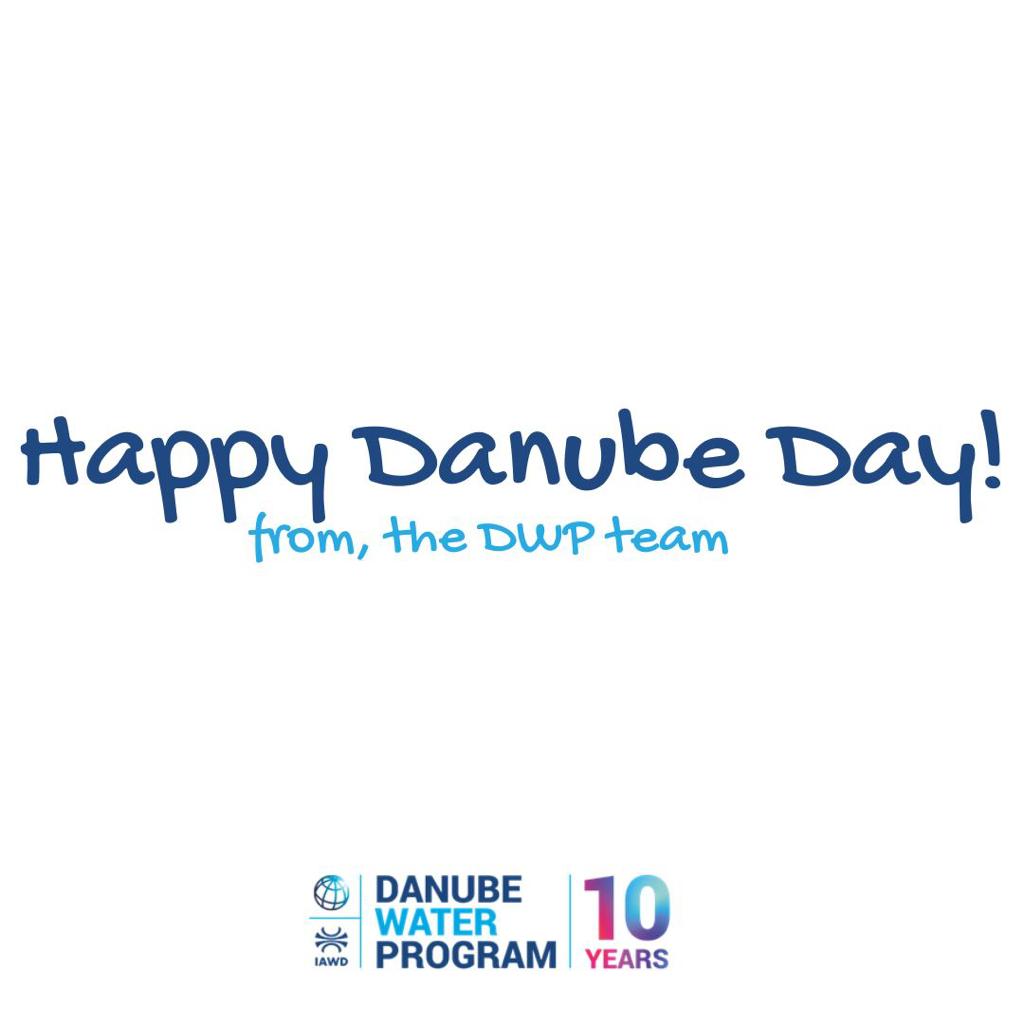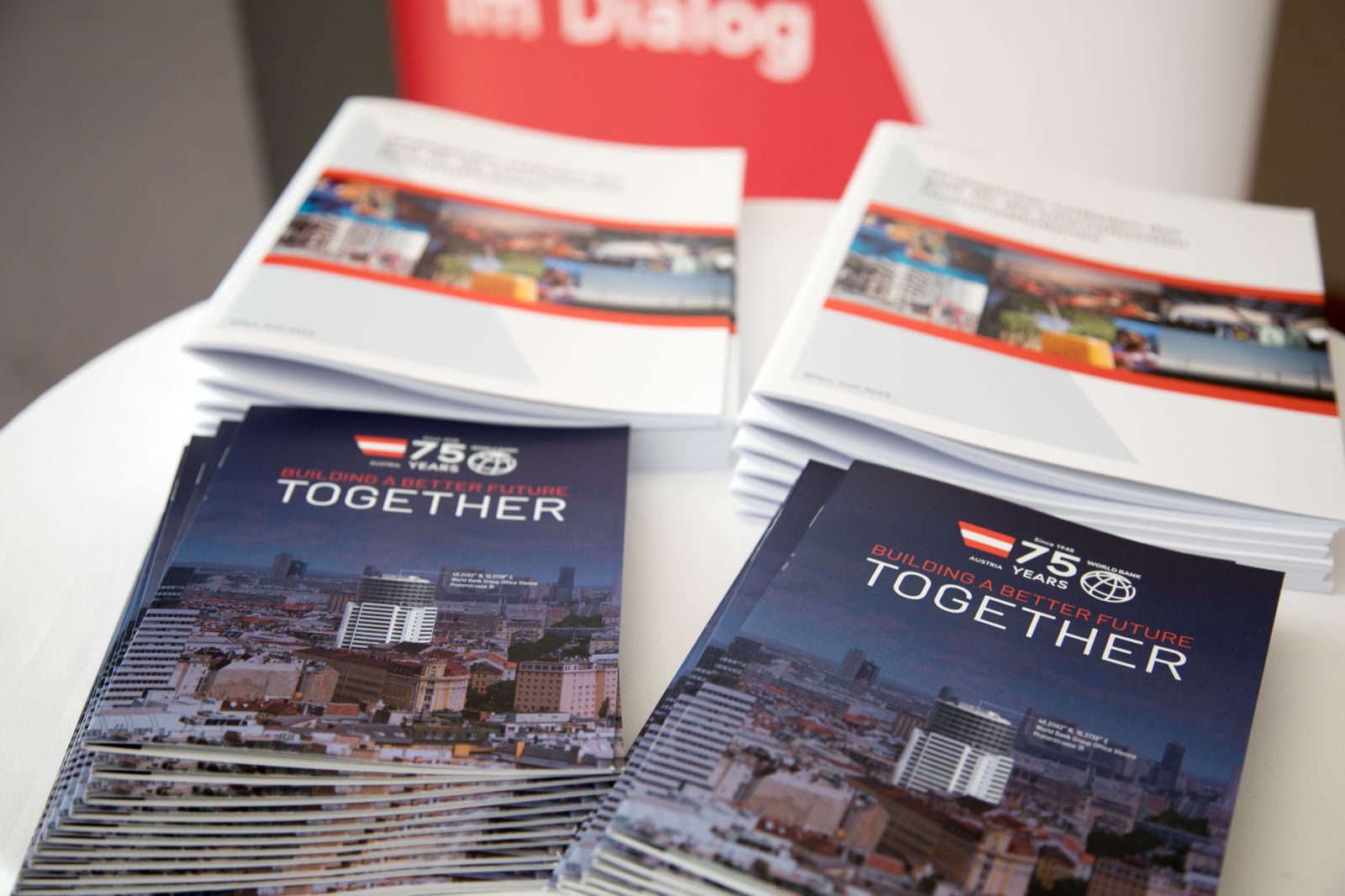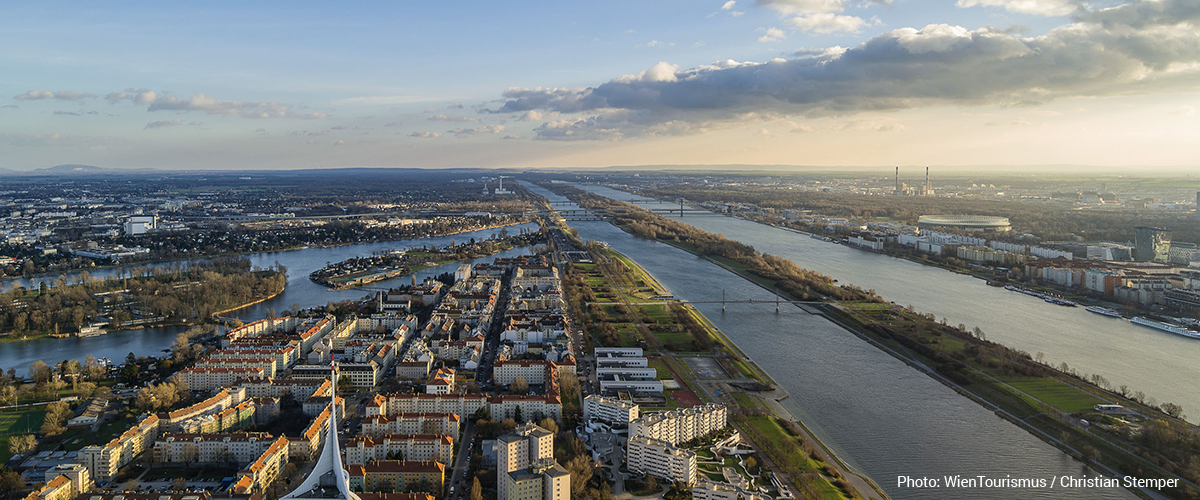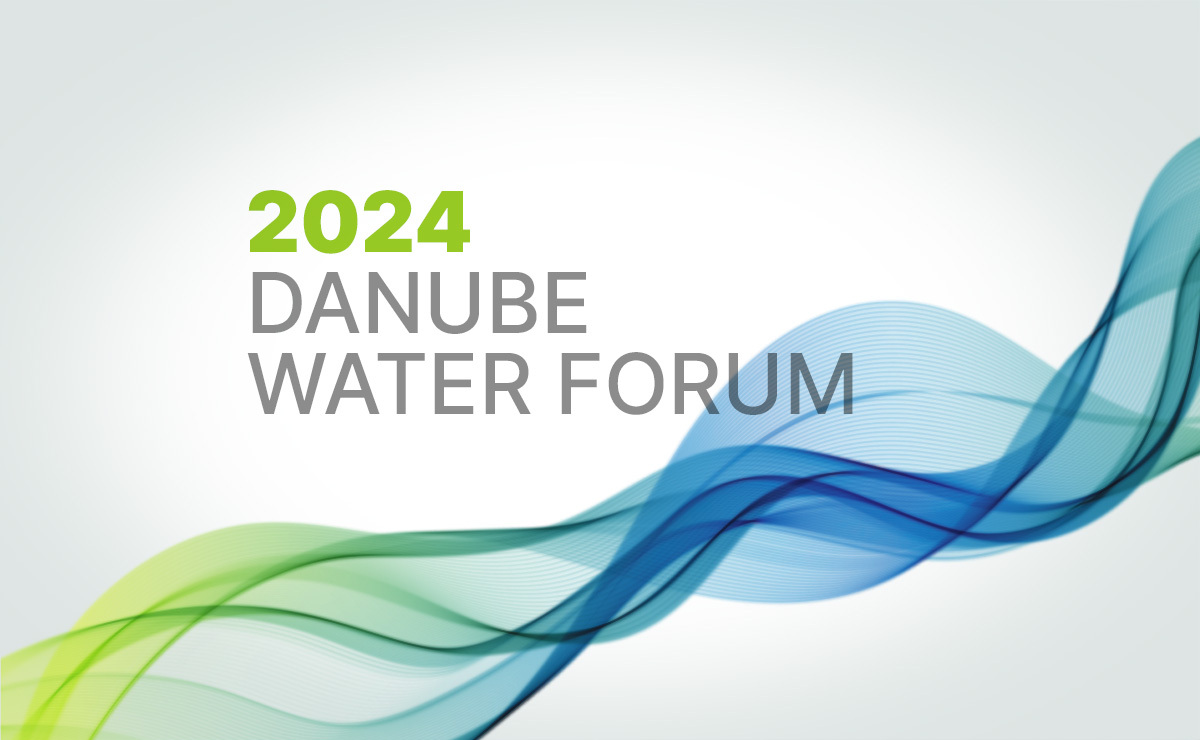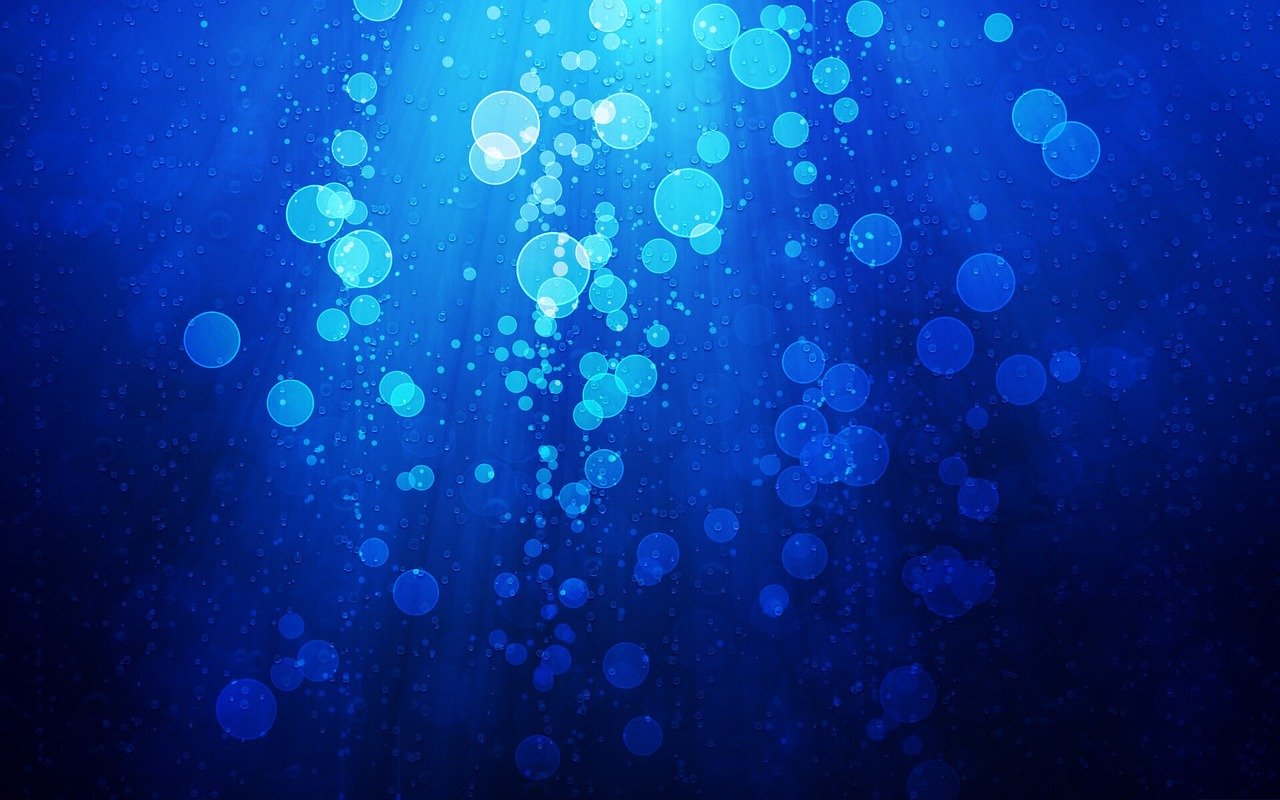
Voice of the Danube
02 April 2023
You should have been there: During the first UN Water Conference since 1977 a small but bright spotlight fell on the Danube Water Program. IAWD and partners took the opportunity to organize a side event, introducing a worldwide audience to the history, approaches and successes of the DWP. Read a short sum-up here – and follow the link below to the event video.
30 years ago, the IAWD started out to improve water services everywhere in the Danube region. Little did the founders know that their efforts would one day take them to the United Nations Headquarters in New York, but that is precisely what happened last week.
A first in half a century
The “2023 Conference for the Midterm Comprehensive Review of Implementation of the UN Decade for Action on Water and Sanitation (2018-2028)” took place on 22-24 March 2023 at the UN Headquarters in New York, being the first UN Water Conference in 46 years and marking the launch of the Water Action Agenda to help fulfill the UN Sustainable Development Goal SDG 6 – “Ensure availability and sustainable management of water and sanitation for all.”
Making the most of this unique occasion, the Austrian Federal Ministry of Agriculture, Forestry, Regions and Water Management, the World Bank, IAWD, SHUKALB and AQUASAN teamed up to host a side event titled “Regional cooperation as a key to accelerate SDG 6 implementation – The Danube Water Program as lighthouse example to improve water and sanitation services within the Danube region”.
A lighthouse example
In his opening statement, Norbert Totschnig, the Austrian Federal Minister for Agriculture, Forestry, Regions and Water Management, stressed the importance of cross-sectoral and interregional cooperation, naming the Danube Water Program as a lighthouse example for regional advisory and capacity building initiatives and congratulating the IAWD on three decades of cooperation with the Danube region's water service sector, adding that “Austria has committed to the Water Action Agenda to further support the Danube Water Program through the upcoming years.”
IAWD President Walter Kling followed up with a short historic overview, taking the audience back to the fall of the Iron Curtain triggering the launch of IAWD, the International Association of Water Service Companies in the Danube River Catchment Area and gathering 14 countries in a joint effort to unite the region's water sector and its utilities.
A unique program for a unique region
The IAWD soon found international recognition, not only among water experts, but also among institutions like the World Bank, eventually resulting in the launch of the Danube Water Program. Sketching the anatomy of this program, Raimund Mair, the World Bank's DWP Program Coordinator noted that the Danube region is the planet's most international river basin, shared by 19 countries with 80 million inhabitants and vast political and socio-economic disparities and “a continuous need for investments, institutional reform and capacity development.” Which is where the DWP comes in, a regional program covering 16 countries. Its key activities are analytical and advisory services to support evidence-based reform agendas, support for the establishment of performance benchmarking systems, regional knowledge sharing, and last, but certainly not least, capacity building.
A game-changing capacity building model
Katerina Schilling, Head of IAWD Secretariat and DWP Program Coordinator for IAWD, then walked the audience through the Danube Water Programs approach to knowledge sharing, presenting D-LeaP, the Danube Learning Partnership, “a unique, game-changing model to address the capacity building needs of professional staff working in the water service sector.”
D-LeaP taps into the know-how of private sector technical partners to develop training programs for water professionals. National water associations then identify suitable experts who receive “trainer trainings”, enabling them to deliver staff trainings in their local language. Offering 6- to 9-month courses on a wide variety of topics, this program has, in six short years, turned out 128 qualified trainers, established 28 hubs in 13 countries, and trained staff from 487 utilities.
A community of professionals
Practical experiences with the DWP were then reported by two representatives of participating states: Vesna Muslic President of the Aquasan Network for Water and Environmental Protection in Bosnia and Herzegovina reminded the audience that capacity development is not a sprint, rather a marathon, with too many decisionmakers in the sector still reluctant to embrace all the opportunities that are on offer: “Much needs much to be done to establish lifelong learning as part of every corporate development and each and every institution, but capacity development pays.”
Elisabeta Poci, Executive Director of SHUKALB, the Water Supply and Sewerage Association of Albania, added the human dimension: “We have created not just a network, rather a unique community of professionals, where most everybody is just a phone call away, and you can always ring up people and ask how they approach a specific problem in their country.”
An example worth sharing
Wrapping up the event, Gustavo Saltiel, Global Water Supply and Sanitation Lead at the World Bank called the Danube Water Program a very important example for fruitful efforts to bring countries together across different histories, cultures and administration systems to cooperate in managing environment, water and sanitation: “This is exemplary, and we need to do more and better sharing the experience of IAWD and DWP.”
